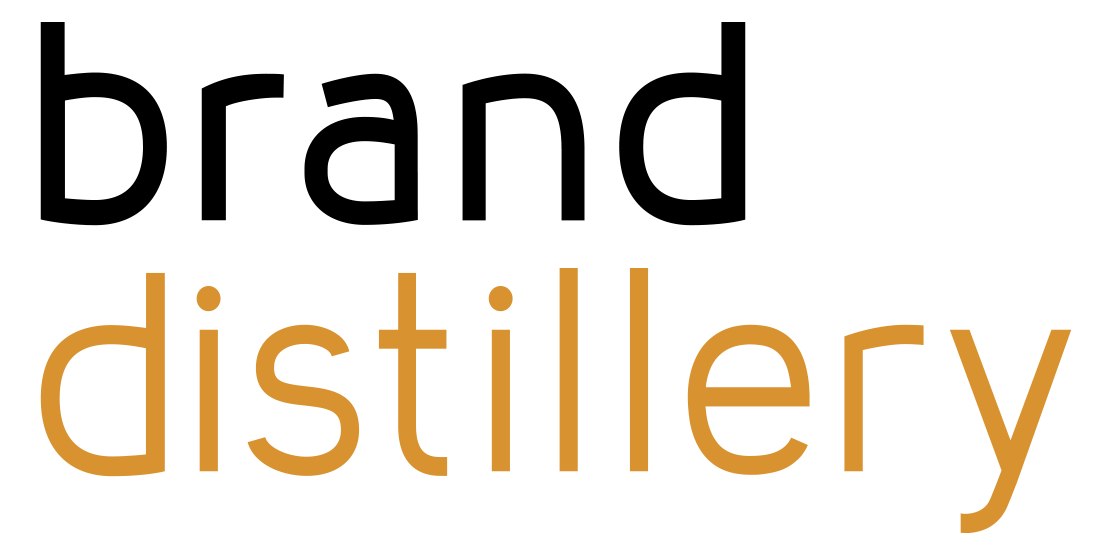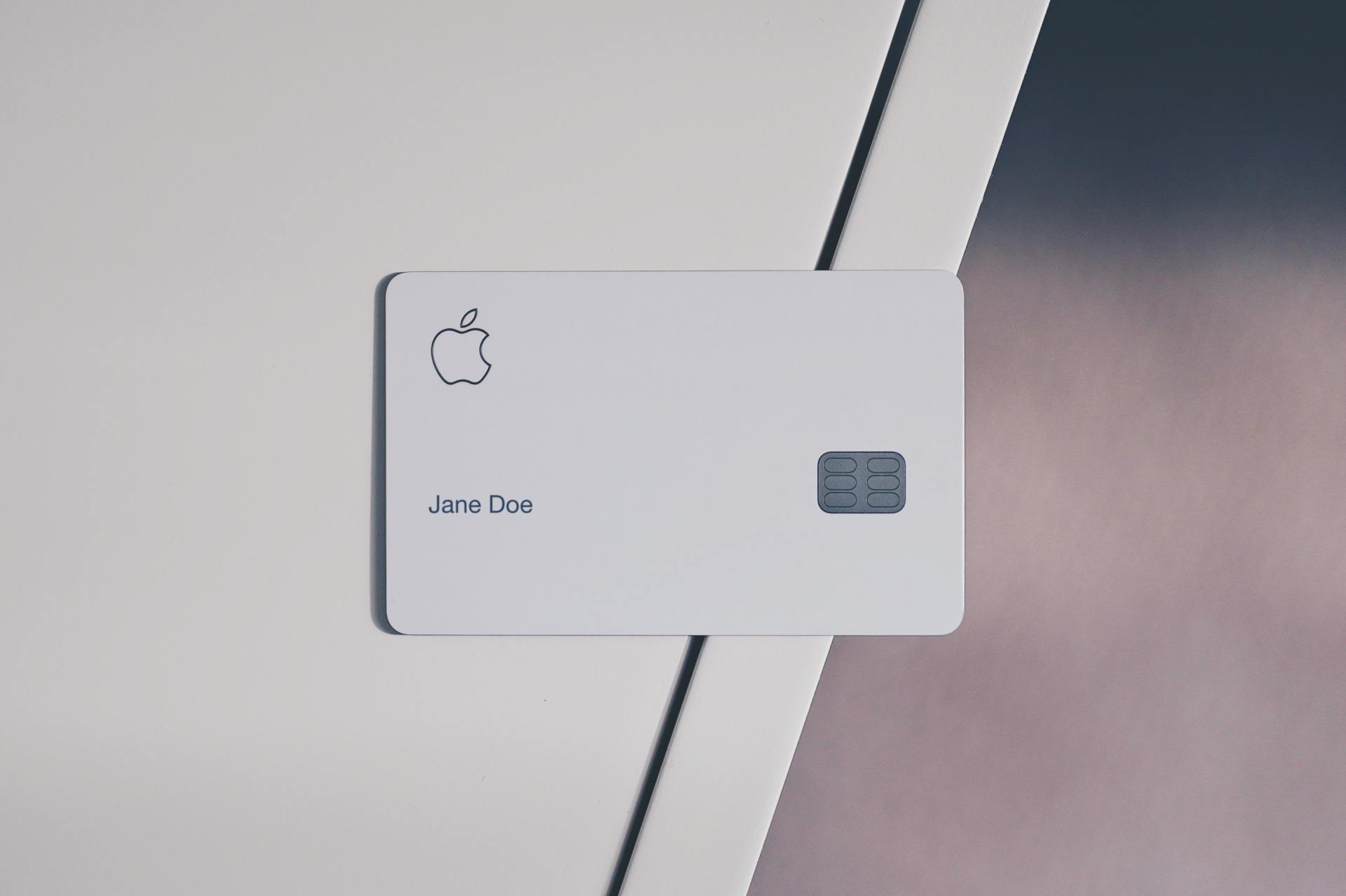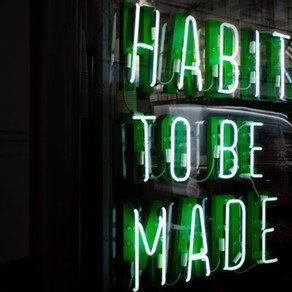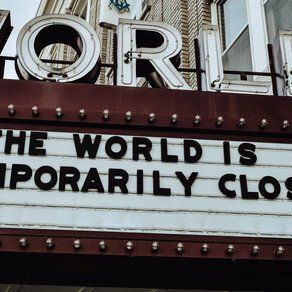PUTTING THE PERSONAL BACK INTO CUSTOMER EXPERIENCES
Brilliant customer experiences and interesting personalisation should be used to help us provide the most relevant and contextualised experiences that our customers expect and want, in some cases demand.
For more years than I care to remember, we’ve used data to find out meaningful things about our customers. Whether at a simple level its using their date of birth to send them birthday offers, or the date they opened their account to send them a thank you through to tailored recommendations based on previous website interactions or an in-store purchase.
We continue to seek the “golden customer record” but there has been little movement toward data and intelligence unification. However the reality is the path to resolution has typically been paved with technology implementations that have added as many clients have discovered complexity, cost and fortified silos separating pools of data.
Personalisation helps us provide the deep relevance and contextual experiences that are meaningful and valued by an individual customer but that’s only half the story.
There are pretty compelling reasons to do so. We know that personalisation works, we have the case studies to prove it. According to CMO Council , 43% of marketers said personalisation led to more conversions. Simply by knowing and recognising our customers and talking to them as individuals, we can increase the conversion rate. Now that’s something that every brand or company would like isn’t it.
In fact, companies with a strong single-minded-channel engagement strategy have an 89% customer retention rate versus 33% for companies with a weak customer engagement.
So, imagine if we turbo charged the ways we could speak to customers. What could that accomplish for our brands and customers?
Reaching customers as a segment of one
Personalisation isn’t just about how much data we can grab and know about our customers. It’s about knowing more than the simple things – like their names, emails and addresses.
Really effective personalisation is about understanding them as real people, walking in their shoes. That means knowing their behaviour, their lifestyle habits – and even, but more importantly their emotions.
That means looking at customers not as simple personas that we strategists come up with, but as real people, like the people you know, your family, friends and colleagues. We don’t want to simply talk to people as a broad homogenised segment, using general attitudes and broad behavioural trends. We want to talk and see them as a segment of one.
And to do that, we need to understand how they engage with more than just one single brand. We need to understand what makes customers who they are.
No two people are the same – even if they form part of the same persona.
You might have a whole group of curry lovers, for example, but at a specific time only a few of those curry lovers will be actually eating their favourite vindaloo. We know that the feeling of euphoria works best when eating that curry, so deliver key messages then. By nurturing such specific and personal moments in time, we can approach personalisation at its most meaningful.
The next generation
Of course, there are even bigger opportunities to be had. In the future imagine if we were able to understand through wearable technology what’s actually going on in our customers’ heads?
Back to the future
We still have a long way to go as an industry. Our most sophisticated databases, data scientists and journeys still fail to truly understand human sensitivities and emotions of the world in which we live. AI will certainly begin to help bridge this gap as we measure, capture and analyse more and more data and whilst its always going to be a tricky path to navigate AI will begin to measure people’s fears, track their emotional journeys, goals, hopes and dreams. But it will be near impossible for AI to understand what constitutes ‘gut-feeling’ that moment when it’s just…
That’s why Brand Distillery ’s first step has always been an old fashioned one – have a conversation and listen to your customers. We like to talk, ask them what they think. Once we have this understanding in place, we begin to build in some technological solutions that can bring this insight to life.
It’s exactly this thinking which led to the Distillery Lab [no gin, sorry] – from one-to-one customer interviews to facilitated focus groups, so often brands and agencies hide behind big data and digital strategies rather than just going out and getting to know people, sometimes even over a cuppa or a beer and pizza.
And it’s this desire to get closer to ‘the real person’ that will continue to drive Brand Distillery and I hope the wider industry. We all strive through our work to understand the real person behind the ‘customer’, engage them as one and give them a seemless experience.
But continuing as many do with this lazy generalising won’t get us there. Instead, we need to use conversations, moments of joy or simple engagement, backed up by data and technology, to find that all important segment of one. Only then we put all this together can we unlock the insight that can make a genuine difference to our customers as people.











